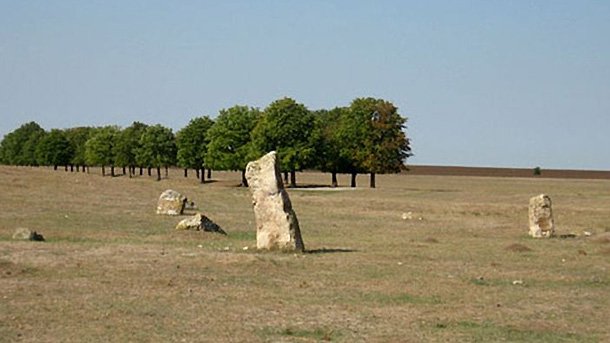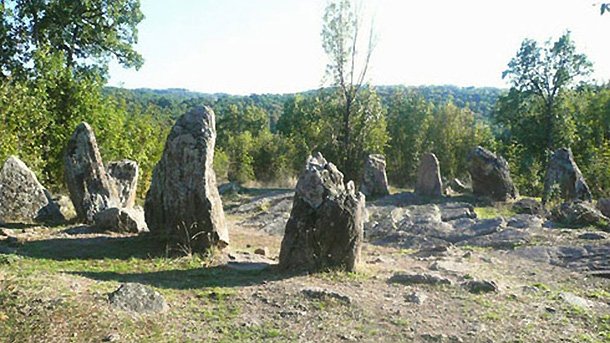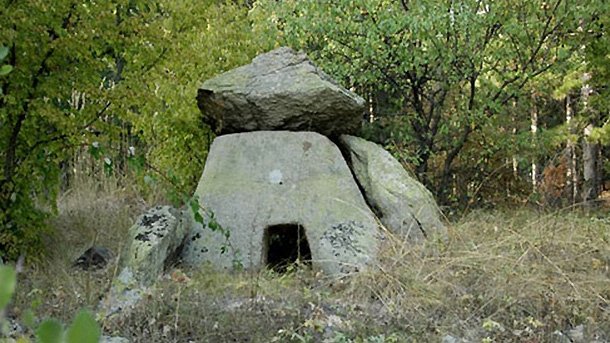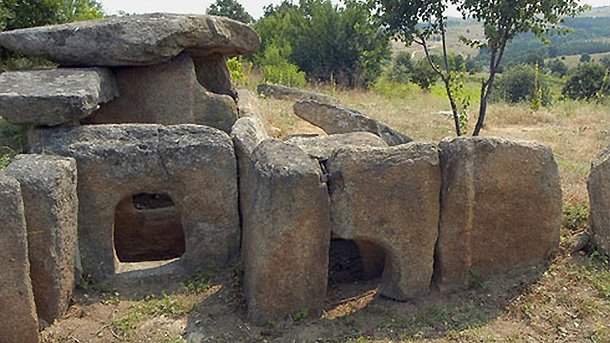
© Photo: Lyubomir Tsonev

© Photo: Lyubomir Tsonev

© Photo: Lyubomir Tsonev

© Photo: Lyubomir Tsonev
The flow of visitors to the Bulgarian stand at the 28th East Mediterranean International Tourism & Travel Exhibition EMITT does not stop. The exhibition is held until February 7 in Istanbul and is among the five largest tourism..
Bulgaria participates in the international tourism exhibition CMT Stuttgart . The forum is held from January 18 to 26, 2025 , and the main highlights are camping and caravanning, motorcycles, cycling, golf, SPA, cruises and others, reports bgtourism.bg...
"The Rhodope Caterpillar" - that's what they call the train that winds along the slopes of the Rhodope Mountains on the route Dimitrovgrad - Haskovo - Kardzhali - Podkova village. And no, this is not the legendary narrow-gauge railway - it runs in a..

+359 2 9336 661
